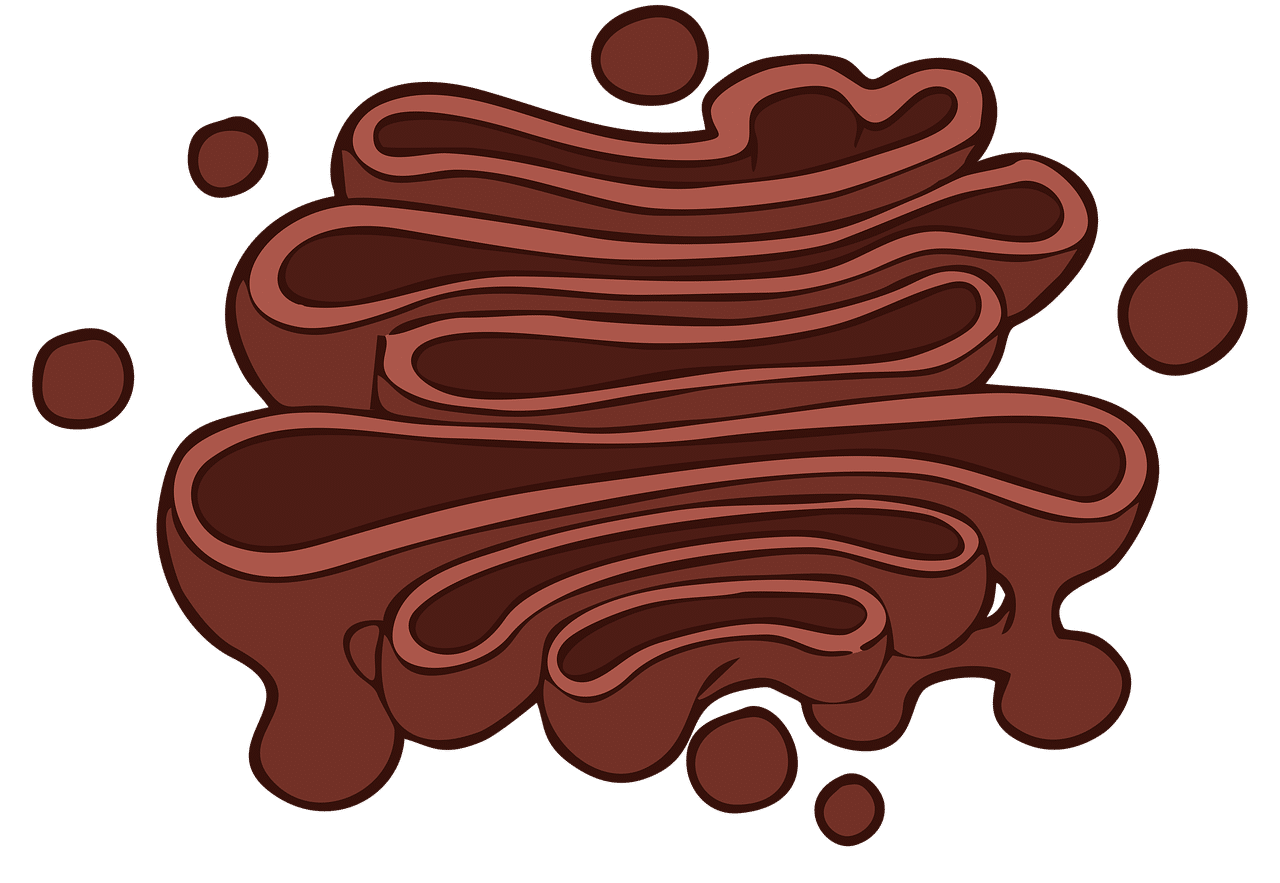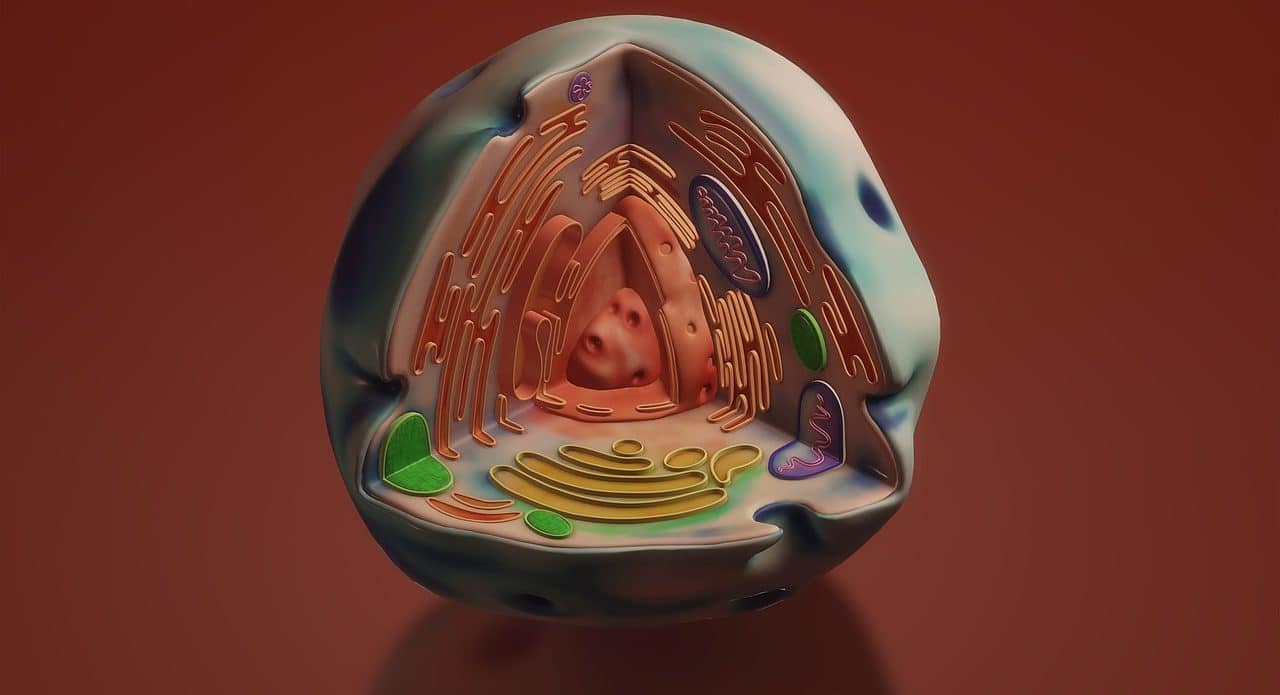
The Golgi apparatus is an organelle.
The Golgi apparatus is an organelle found in eukaryotic cells that is responsible for completing the production process of certain proteins. This apparatus is made up of about eighty dictiosomes , which are sets of small sacs known as saccules . The flattened dictyosomes are located on top of each other and are protected by a membrane.
It should be noted that the notion of apparatus can refer to the grouping of elements that, acting in a coordinated manner and together, perform the same function. There are multiple apparatuses: among them, the Golgi apparatus .
Features of the Golgi apparatus
The Golgi apparatus, also called the Golgi complex , Golgi body and golgisoma , was discovered by Santiago Ramón y Cajal in 1897 . Later, Camillo Golgi was in charge of precisely describing everything linked to this organelle, which ended up adopting the name of the Italian doctor.
The saccules can be grouped in several ways: generally, groups of between four and eight saccules are formed, which make up the dictiosomes. Through different tubes, substances can pass from one saccule to another. The external face of the saccules is directed towards the system called endoplasmic reticulum .
Among the functions carried out by the Golgi apparatus are the production of the acrosome that is part of the sperm and the development of primary lysosomes; the production of plasma membrane; cell secretion; and the alteration of the substances synthesized by the rough endoplasmic reticulum . In general it can be said that the Golgi apparatus modifies and distributes the macromolecules synthesized by the cell .

The Golgi apparatus is found in eukaryotic cells.
smooth endoplasmic reticulum vesicles
In the smooth endoplasmic reticulum, vesicles are formed that, when united, create tube-vesicular aggregates that are carried to the cis region of the Golgi apparatus by means of motor proteins. The latter, for their part, can advance thanks to the guidance of microtubules and, upon fusing with the membrane of the apparatus, they empty their contents into the lumen.
Molecules that enter the Golgi apparatus are modified, labeled, and then sent to their final destination. Proteins carried to distant parts of the apparatus reach the trans region and enter a complex network of vesicles and membranes . That is where a large part of them are marked and sent to their respective destinations through one of the following three types of vesicles, depending on their marker:
- Exocytosis vesicles : these contain proteins that will be released into the extracellular medium . After internalization of the proteins, the vesicle closes and immediately goes to the plasma membrane, with which it binds to release the content, in a process known as constitutive secretion . An example of this can be seen when antibodies are released by activated B lymphocytes.
- Secretion vesicles : these are those that also have proteins inside that must be released into the extracellular environment, although it is important to note that, after their formation, these vesicles are stored in the cell and are kept there waiting for release. signal that tells them that they must begin their activity. At that moment, they move towards the plasma membrane, where they discharge their contents, just as exocytosis vesicles do. The name for this process, which occurs when neurons release neurotransmitters, is regulated secretion .
- Lysosomal vesicles : these vesicles are responsible for transporting proteins to lysosomes, small organelles that contain a large number of acid hydrolases. Regarding the type of proteins, they can be membrane or digestive enzymes. To transfer its contents to the lysosome, the vesicle must fuse with a late endosome, as occurs when digestive proteases are delivered to lysosomes .
